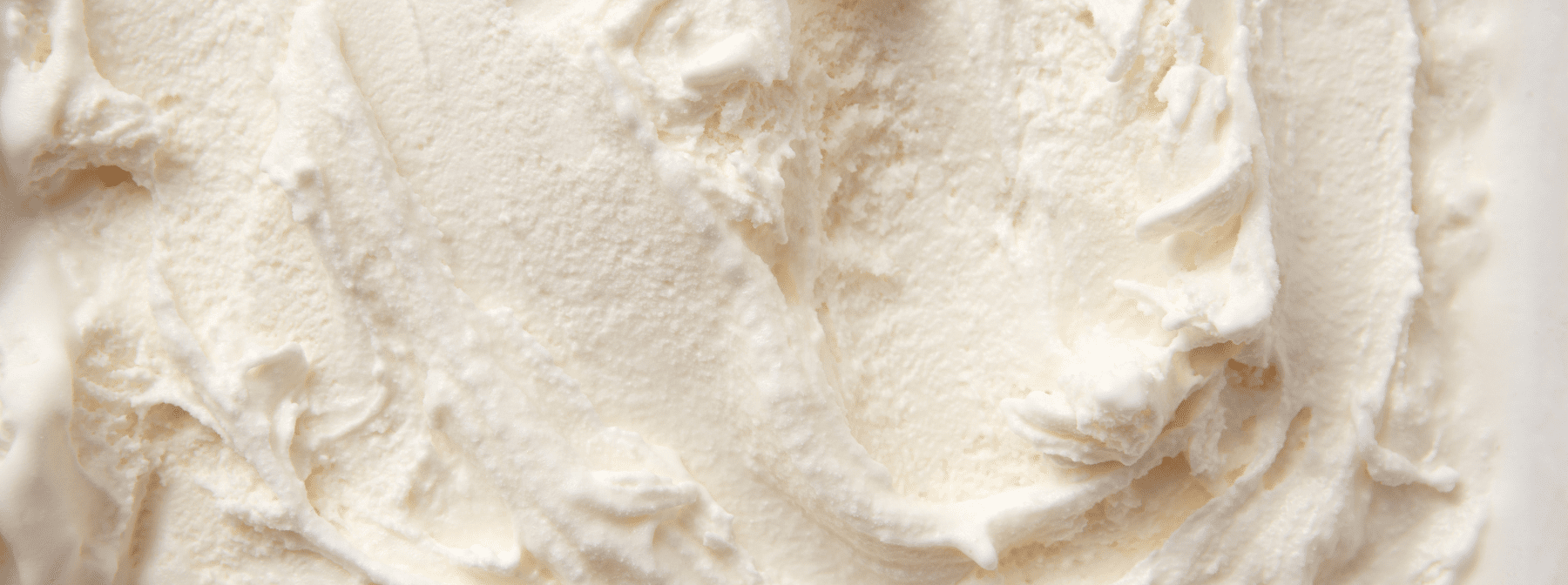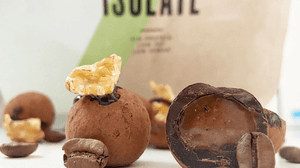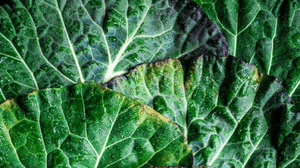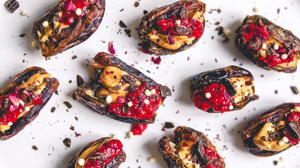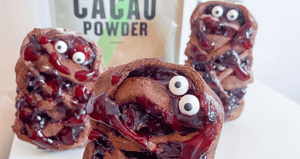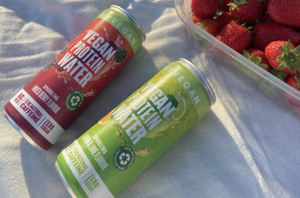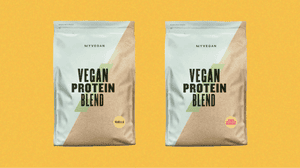Xanthan gum is a popular food additive used in cooking and baking, especially in gluten-free recipes. But how is xanthan gum made? And how can you use it in your recipes?
Read on to find out about the process of making xanthan gum, and why this stabiliser and thickener should be a pantry staple in every plant-based kitchen.
What Is Xanthan Gum?
Xanthan gum is made by fermenting sugar. The sugar is fermented by the bacteria xathomonas campestris - this is where xanthan gum gets its name - which forms a thick liquid. Adding alcohol to this liquid makes a solid, which is then dried and turned into a powder.
Both home cooking and industrial food production use xanthan gum in its powder form. It is also used in producing toothpaste, cosmetics, glue, paint and other goods.
Xanthan gum was first produced in the United States in the early 1960s, after being discovered by chemist Allene Rosalind Jeanes. It is an approved food additive (also known as E415) used across the UK, Europe and North America.
Xanthan gum is used as an emulsifier, stabiliser and thickener in commercial food production and home baking. Because it has little to no flavour, the powder can be used in cooking without changing how the food tastes.
Nutritional Information
Xanthan gum can be used in cooking and baking without adding much carbs, calories or fat. See the table below for its full nutritional information per 100g and per 2g serving:
| Per 100g | ||
| Energy | 824kJ/201kcal | 16kJ/4kcal |
| Fat | 0g | 0g |
| of which saturates | 0g | 0g |
| Carbohydrate | 16g | <0.5g |
| of which sugars | 0g | 0g |
| Fibre | 62g | 1.2g |
| Protein | 3.3g | <0.5g |
| Salt | 1.0g | 0.02g |
Xanthan Gum Benefits
The main benefit of xanthan gum is that it can be used in vegan and gluten-free baking. However, there are also some studies that suggest xanthan gum can help to lower blood sugar and cholesterol, and relieve constipation.
It is important to note that decreased blood sugar and cholesterol were only recorded when people consumed 6-10 servings of xanthan gum per day as part of research studies, which is much more than people would use in everyday cooking.
The effect on blood sugar was due to the xanthan gum slowing digestion and therefore reducing blood sugar spikes after meals.
Consuming large amounts (more than 15g) of xanthan gum has also been linked to increased bowel movements, which may help to relieve constipation.
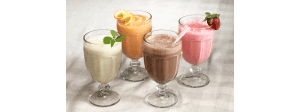
How To Use Xanthan Gum
Because of its thickening properties and neutral taste, xanthan gum can be used in a range of foods, especially when you're looking for a creamy texture without the dairy. It's perfect for chilled desserts like ice cream and jelly since xanthan gum doesn't need cooking to work.
Here are our favourite foods and recipes to use xanthan gum in:
- Vegan ice cream
- Shakes and smoothies
- Sauces
- Salad dressings
- Vegan cheesecake
- Gluten-free bread
- Gluten-free cakes
- Jelly and trifle
For each recipe, add about 2g xanthan gum per serving. Add it slowly in very small amounts, while stirring or blending well, until you get the texture you want.
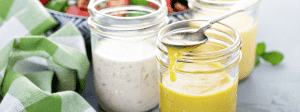
Talk To Your Nutritionist
This article is for educational purposes only and should not be used as a substitute for medical advice. If you have any concerns about your health, including weight and diet, then please contact your GP or other relevant healthcare professional.
Take Home Message
Xanthan gum is a versatile food additive that can be used in a wide range of vegan and gluten-free cooking, in recipes like ice cream, bread, dressings and sauces.
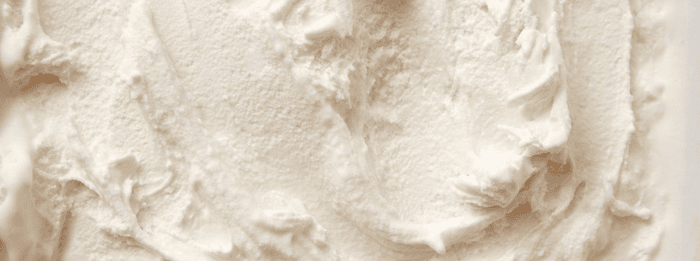
FAQs
What is xanthan gum?
Xanthan gum is a thick liquid produced when sugar is fermented by a specific bacteria (xanthomonas campestris). Adding alcohol to the liquid xanthan forms a solid, which is then dried and made into a powder.
What is xanthan gum made of?
Xanthan gum is produced when sugar is fermented by the bacteria xanthomonas campestris. In cooking, baking and industrial food production it is used in a powder form.
What does xanthan gum do?
Xanthan gum is an emulsifier, stabiliser and thickener most commonly used in food products.
Is xanthan gum vegan?
Yes! Xanthan gum is plant-based and vegan.
Is xanthan gum gluten-free?
Yes! Xanthan gum is perfect to use in gluten-free baking because it adds the stickiness usually provided by gluten.
Caroline Pullen, Healthline (2023). Xanthan Gum – Is This Food Additive Healthy Or Harmful? Retrieved from https://www.healthline.com/nutrition/xanthan-gum
Osilesi et al (1985). Use of xanthan gum in dietary management of diabetes mellitus. Available online at https://pubmed.ncbi.nlm.nih.gov/4050722/
